What is the engine capacity of the Mercedes-Benz AMG GT 63 S E Performance?
The AMG GT 63 S E Performance is powered by a 4.0-litre V8 twin-turbo engine paired with a 204 bhp electric motor, delivering 831.43 bhp combined.

Fuel type
Petrol
ARAI mileage
12 - 12 kmpl
Transmission
Automatic
Engine capacity
3982 cc
Seat capacity
5 seater
Available colours
5 colours





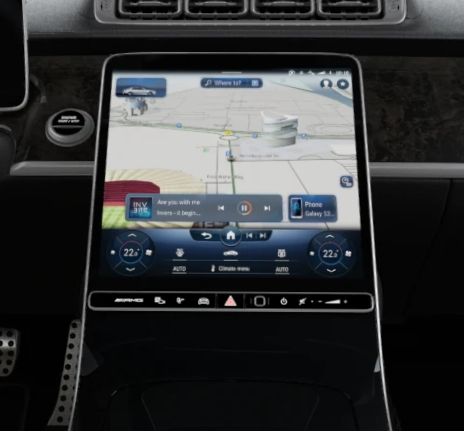
Infotainment System Display Touch Sensitive
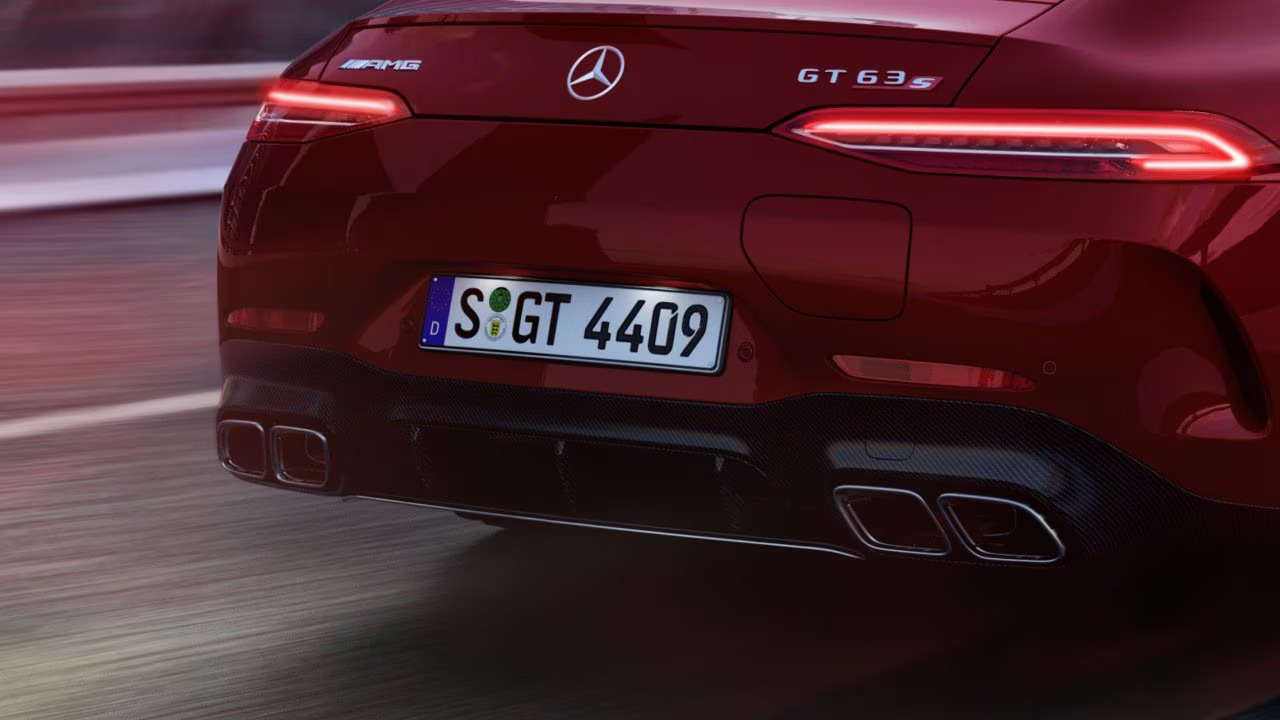
Rear Suspension
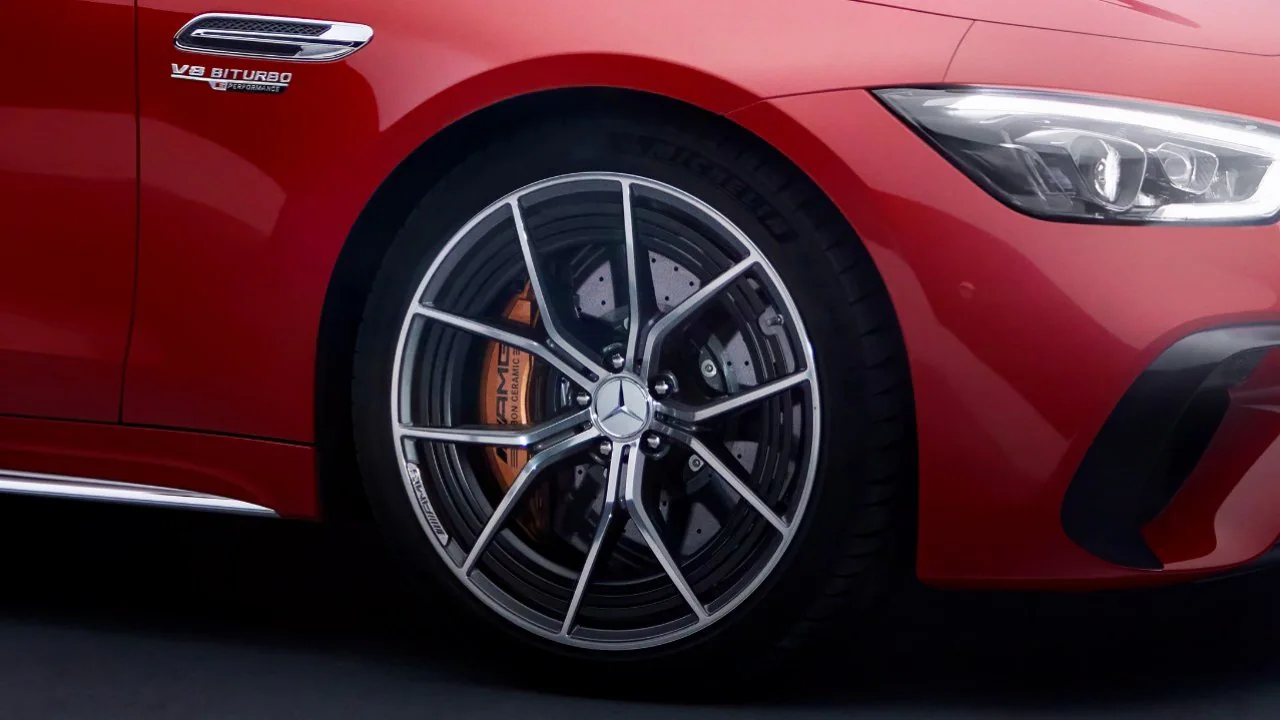
Wheels Alloy
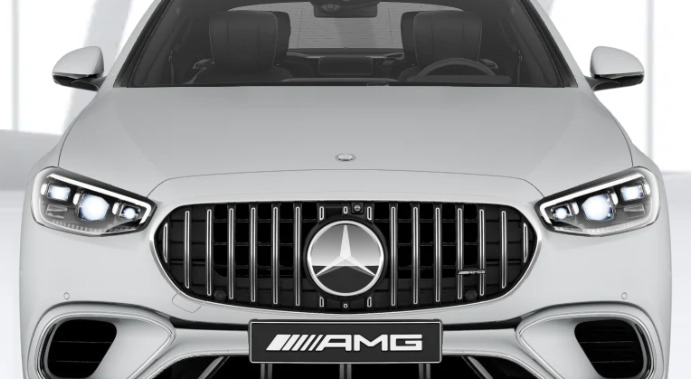
Headlights Projector

DRLs (Daytime Running Lights)
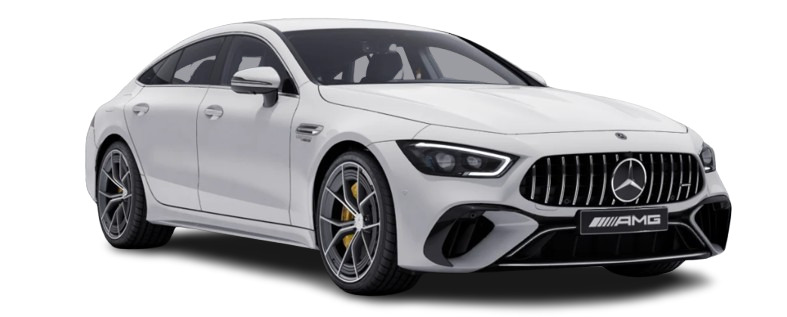
Front Fog Lights Lights placed low on the bumper to improve visibility in fog, rain, or mist.
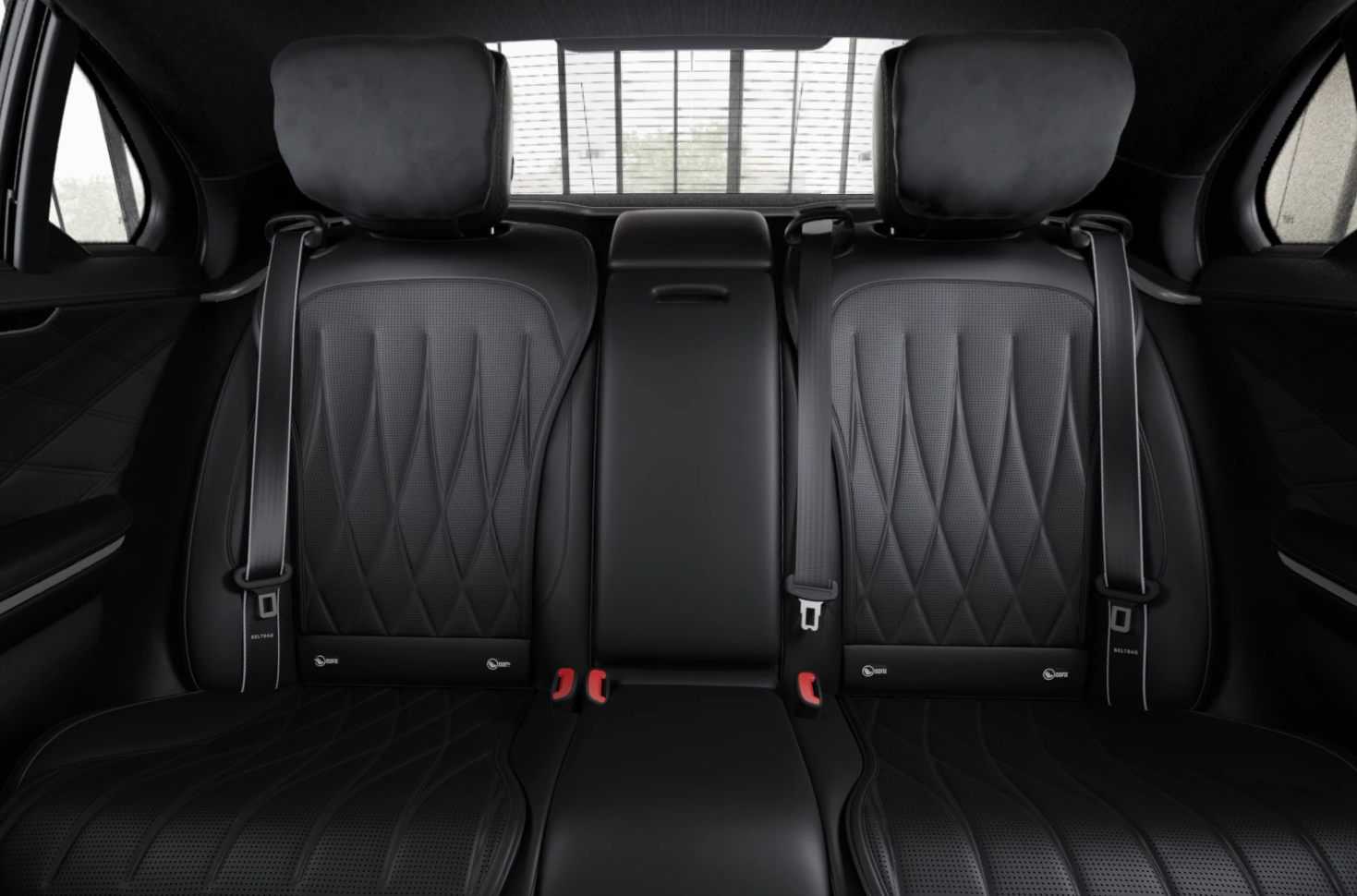
Rear Passenger Seat Adjustment
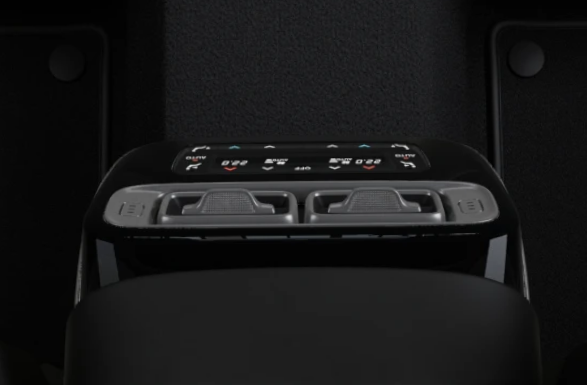
Air Conditioning 3-Zone Climate Control
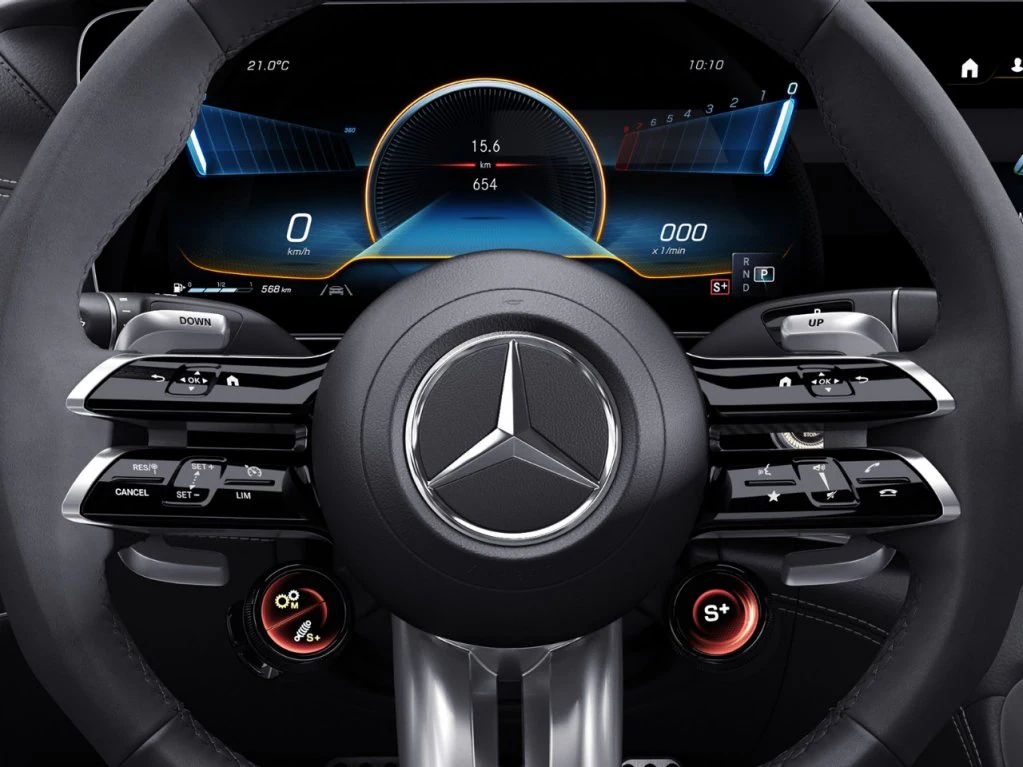
Cruise Control Maintains a set speed without the driver pressing the accelerator pedal .
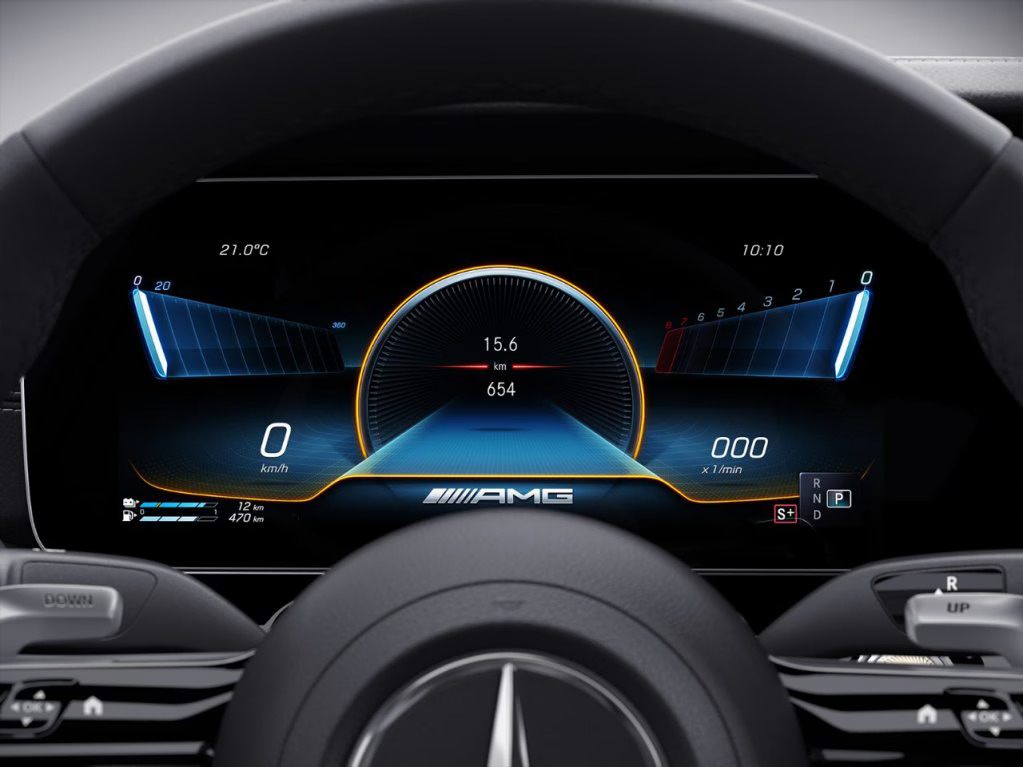
Instrument Cluster Digital
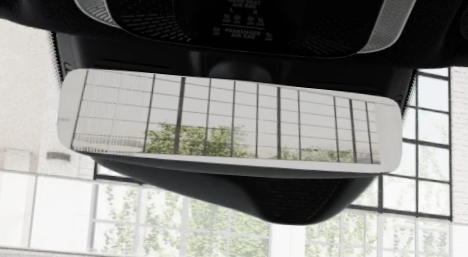
IRVM Interior rear-view mirror for rearward visibility.
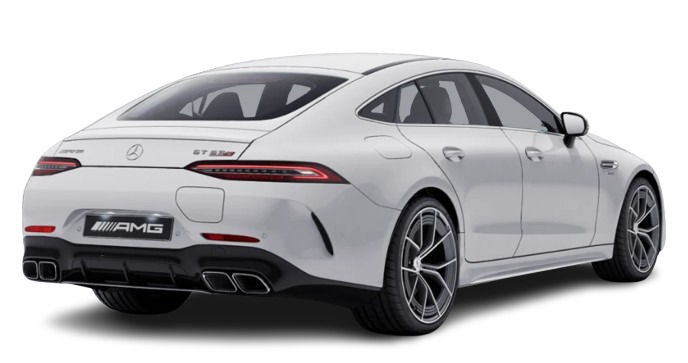
Taillights
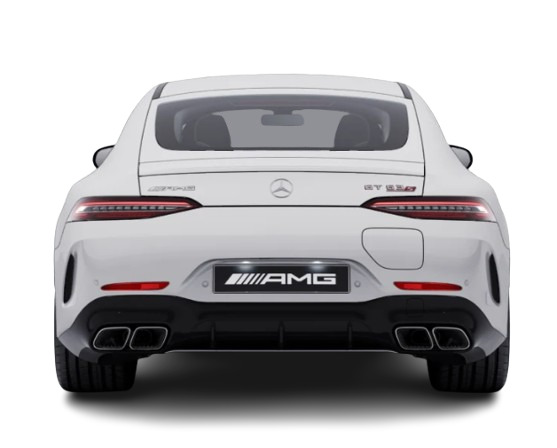
Rear Defogger
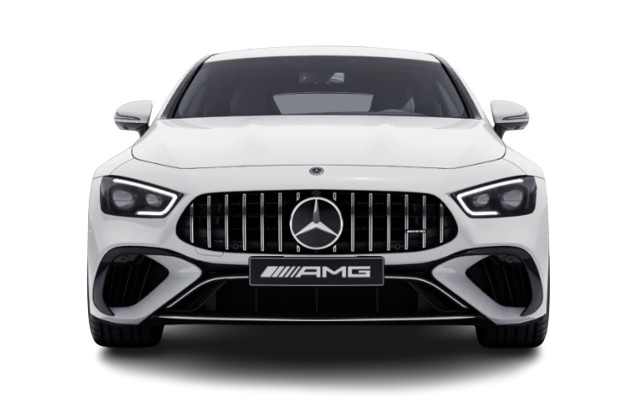
Body Colour Bumper
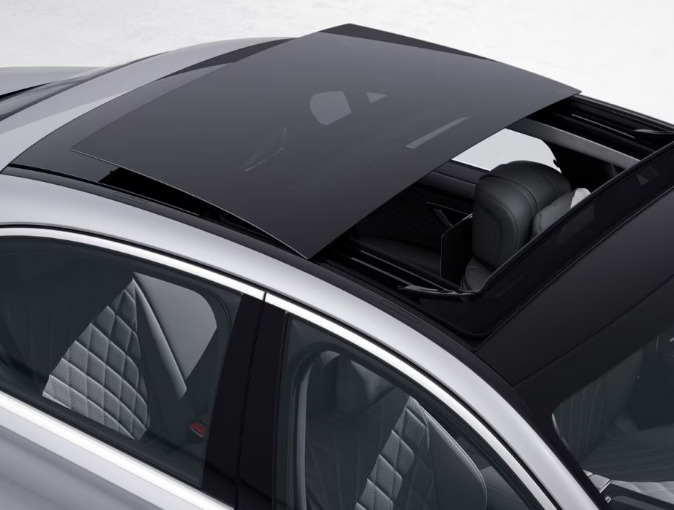
Sunroof
The AMG GT 63 S E Performance is powered by a 4.0-litre V8 twin-turbo engine paired with a 204 bhp electric motor, delivering 831.43 bhp combined.
This hybrid performance sedan accelerates from 0 to 100 km/h in just 2.9 seconds, with a top speed of 316 km/h, showcasing its high-speed capabilities.
It features the AMG SPEEDSHIFT MCT 9G transmission, a nine-speed automatic gearbox with a multi-clutch system for quick and smooth gear shifts.
The hybrid system produces an impressive 1,470 Nm of torque, ensuring exceptional performance and acceleration on demand.
The car features a signature AMG Panamericana grille, slim LED taillights, a carbon fibre rear diffuser, trapezoidal exhaust pipes, and a hidden adjustable spoiler for enhanced aerodynamics.
Discover. Decide. Drive.
Explore at your pace, with expert recommendations if needed. Finalise and book your car at the best price.
Financing the right way
Access the best loan options with hassle-free, paperless financing.
Prepare to drive
Schedule delivery for your special day and track updates effortlessly.Schedule delivery for your special day and track updates effortlessly.